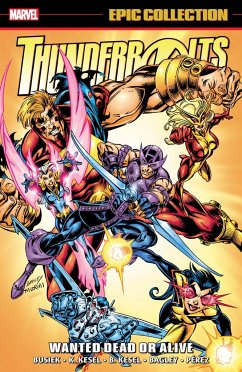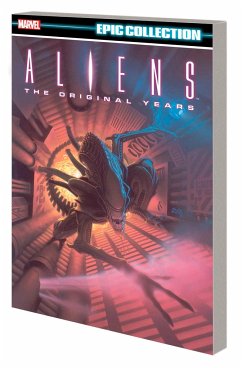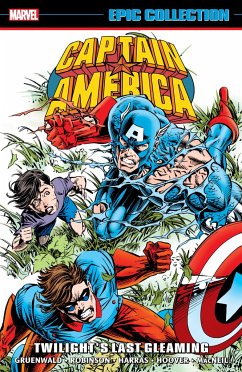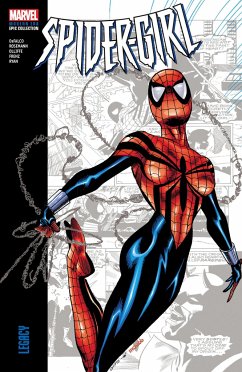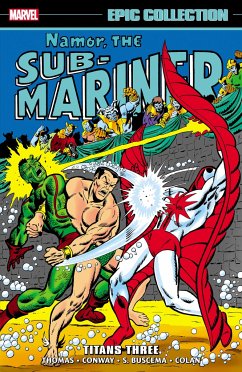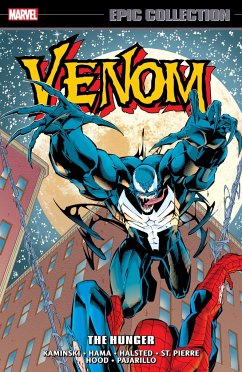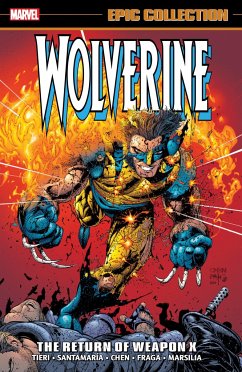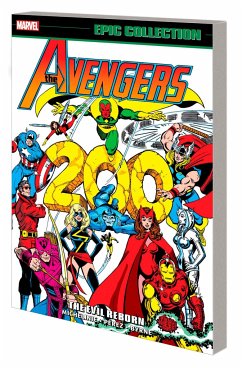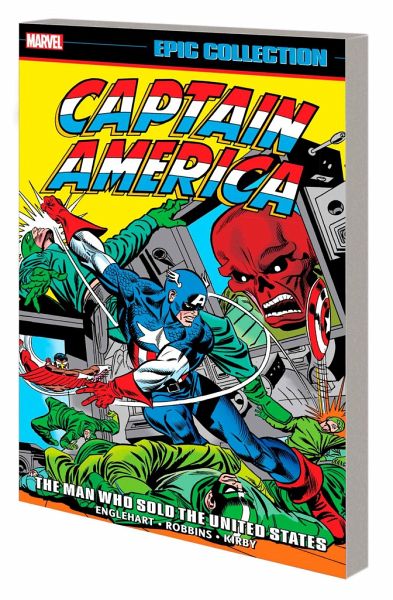
Captain America Epic Collection: The Man Who Sold the United States
Versandkostenfrei!
Versandfertig in 2-4 Wochen
51,99 €
inkl. MwSt.

PAYBACK Punkte
26 °P sammeln!
"Steve Rogers has renounced his role as Captain America! The Falcon fights on while Rogers wrestles with his place in the world, becoming Nomad, a man without a country. In his new identity, he must overcome the power of Madame Hydra and the mystical Serpent Crown. The return of the Red Skill forces our hero to make a choice. Then comes Jack Kirby's return! As writer, artist and editor, this is Kirby unleashed. In an intricate storyline that built month after month toward America's Bicentennial, Kirby's 'Madbomb' saga featured an aristocratic cabal seeking to wrest control of the country. Also...
"Steve Rogers has renounced his role as Captain America! The Falcon fights on while Rogers wrestles with his place in the world, becoming Nomad, a man without a country. In his new identity, he must overcome the power of Madame Hydra and the mystical Serpent Crown. The return of the Red Skill forces our hero to make a choice. Then comes Jack Kirby's return! As writer, artist and editor, this is Kirby unleashed. In an intricate storyline that built month after month toward America's Bicentennial, Kirby's 'Madbomb' saga featured an aristocratic cabal seeking to wrest control of the country. Also featuring Kirby's Bicentennial Battles, an 80-page masterpiece that encompasses American history from the Revolution to the Old West to both World Wars!" --



![X-Men Epic Collection: Children of the Atom [New Printing 2] Cover X-Men Epic Collection: Children of the Atom [New Printing 2]](https://bilder.buecher.de/produkte/68/68759/68759970n.jpg)
